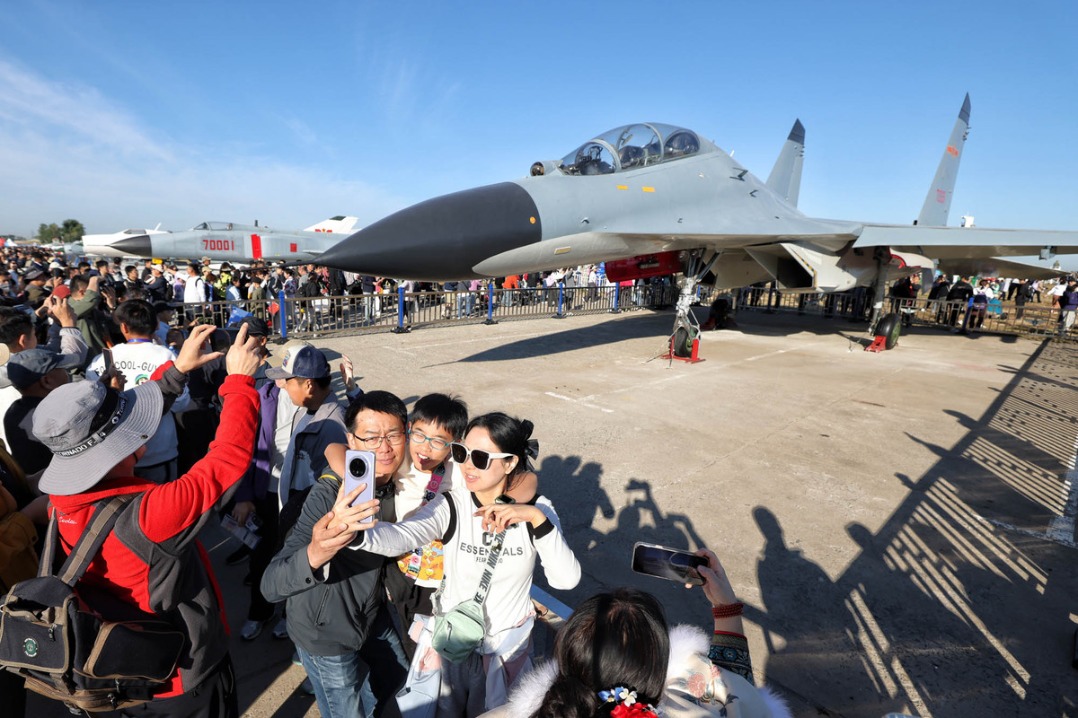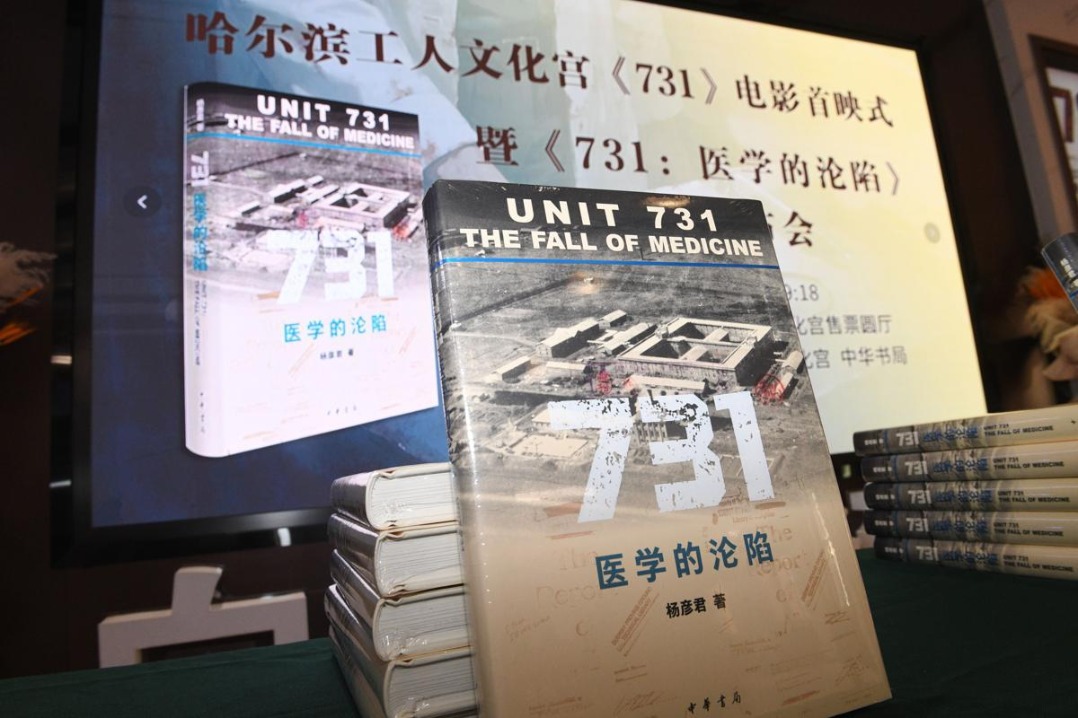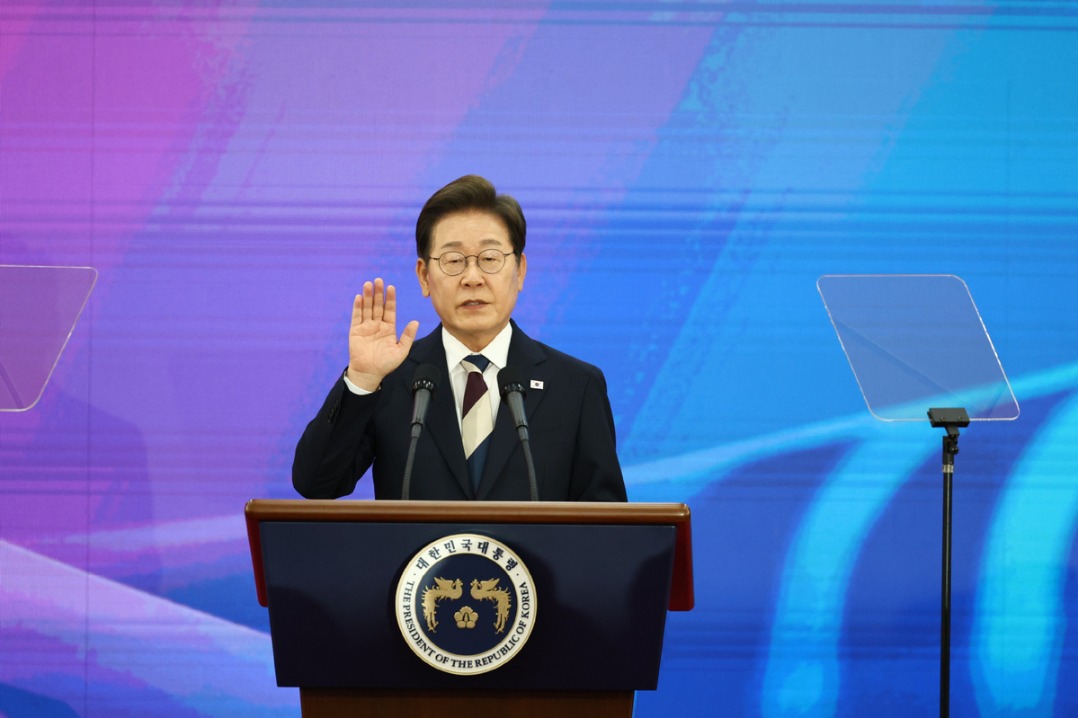Belt and Road opens new opportunities for Pakistan


Road makes a crucial contribution to economic development and growth and bring important social benefits. They play vital role in a nation’s growth and development. Apart from providing access to employment, social, health and education services, they play a crucial role in fighting against poverty. Road opens up a more areas and stimulate economic and social development. For thousands of years, the Silk Road spirit of peace and co-operation, openness and inclusiveness, mutual learning and mutual benefit has been passed through generation to generation. Symbolizing communication and co-operation between east and the west, the Silk Road spirit is a historic and cultural heritage shared by all countries around the world.
When President Xi Jinping visited Central Asia and South East Asia in September and October of 2013, he proposed the Belt and Road Initiative. The initiative is in line with the purposes and principles of UN charter. It upholds the five principles of peaceful coexistence, mutual respect for each other sovereignty and territorial integrity. The initiative is a win-win co-operation that promotes common development and prosperity. The 21st Century Maritime Silk Road is designed to go from China’s coast to Europe through the South China Sea to the South Pacific. On land, the initiative will focus on jointly building a new Eurasian land bridge and developing China-Mongolia, Russia-China, Central Asia to west Middle East, and China-Indo -China Peninsula economic corridors by taking advantage of international transport routes.
Given the size of the China-financed program and its dynamic nature, the initiative has arrived in Pakistan. Its content and scope will change as it progresses. All the governments involved in developing and implementing this vast enterprise — the governments in Islamabad and Pakistan’s provincial capitals as well as the one in Beijing — will build on the program’s successes. They will also work to mitigate the problems as the implementation of the programmed proceeds. It should be emphasized the program will bring about positive change in Pakistan. It will add possibly as much as two percentage points to the growth rate in Pakistan’s GDP. If that does occur, Pakistan’s economic growth trajectory will begin to match that of China and the "miracle" economies of East Asia.
China-Pakistan Economic Corridor will boost textile and manufacturing sectors in Pakistan. The project will create at least about 7,00,000 direct jobs and will enhance industries like retail, healthcare and education. It can transform Pakistan from an agrarian economy to a logistic hub. The CPEC project consist of many coal fired power projects and plants, and these projects can contribute in solving the energy crisis in Pakistan. The Belt and Road Initiative is seen as a vital bridge in the all-weather China-Pakistan relationship.
Muhammad Bilal is majoring in Fluid Mechanical Engineering in Jiangsu University, China.
The opinions expressed here are those of the writer and do not represent the views of China Daily and China Daily website.


































